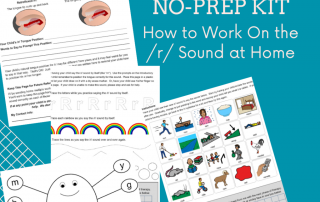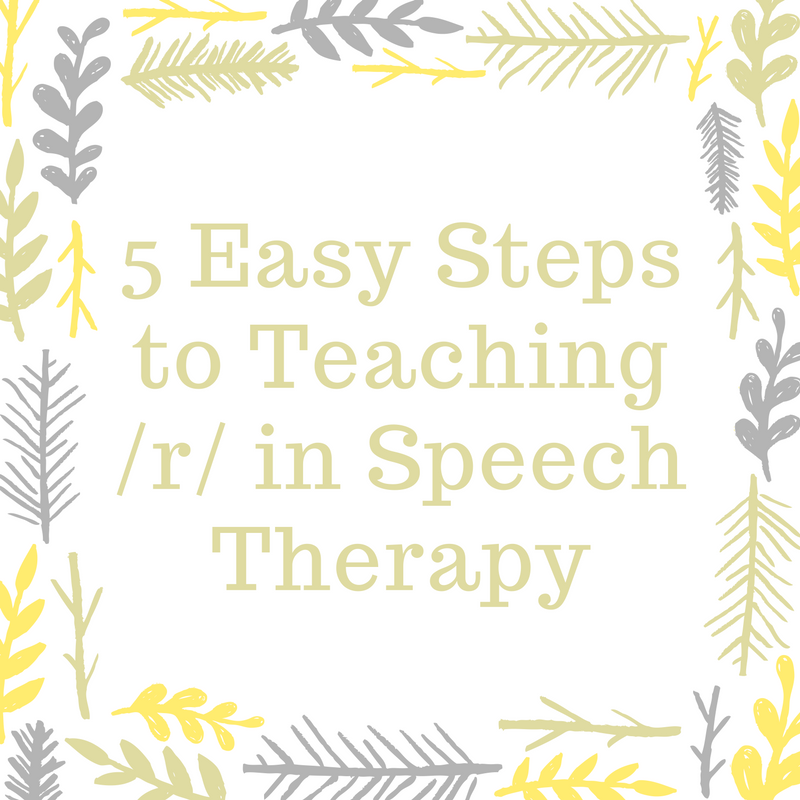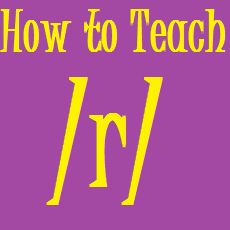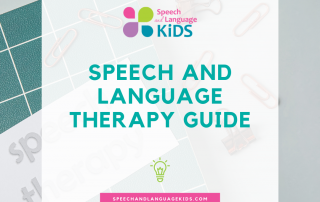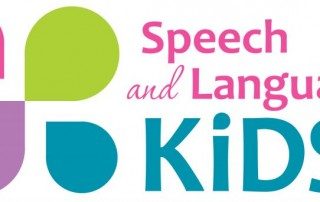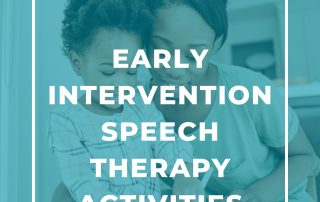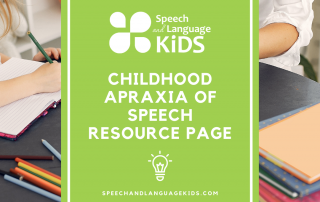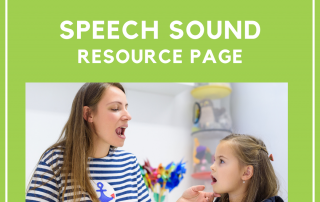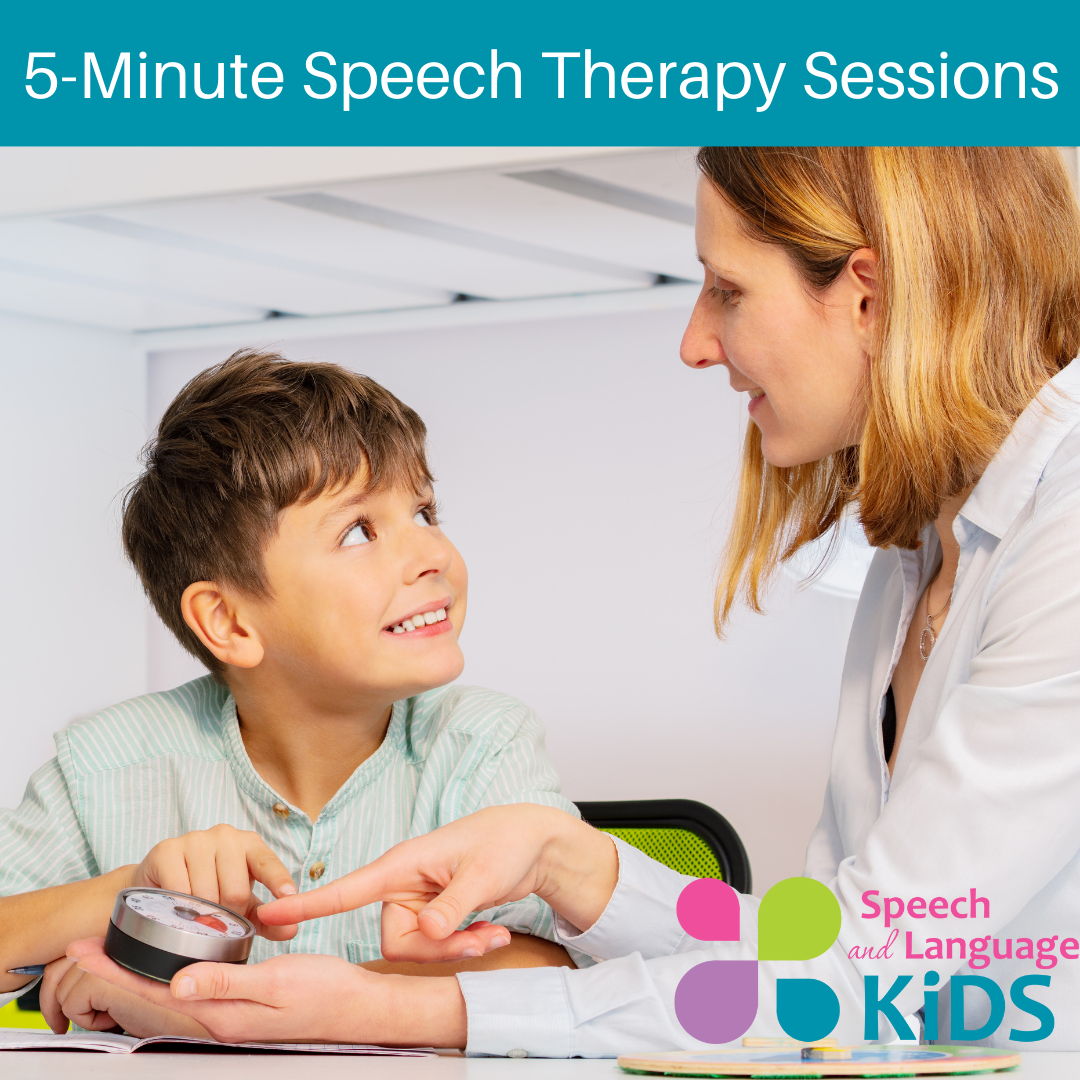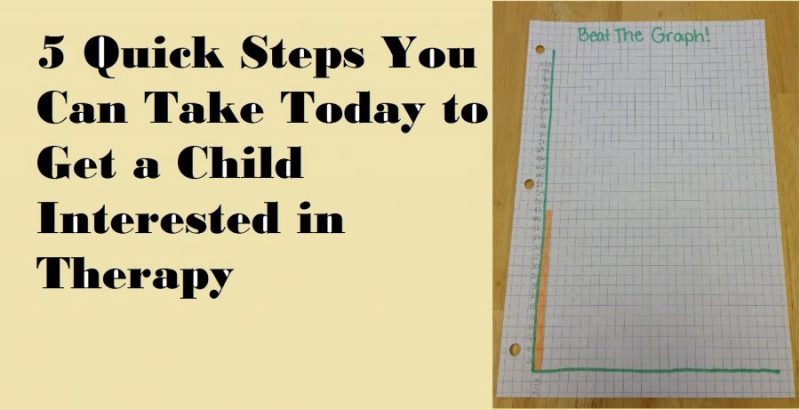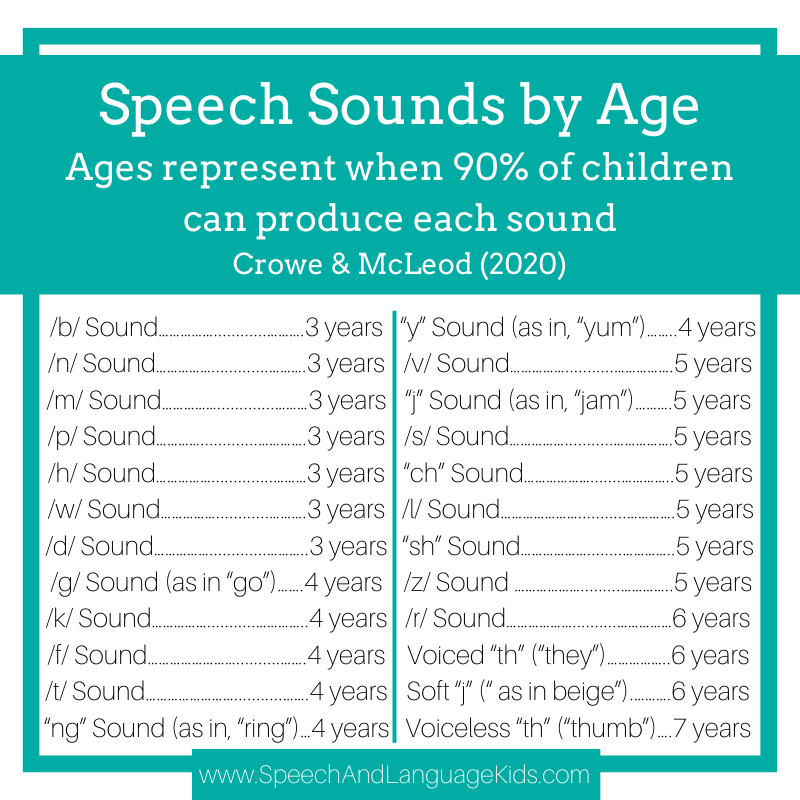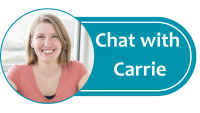Topic:
Resource Type:
Search Results:
/r/ Homework: How to Work on the /r/ Sound at Home (No Prep Kit)
⬅ Back to Speech and Language Kids Store View Shopping Cart Add to Cart /r/ Homework: How to Work on the /r/ Sound at Home (No Prep Kit) Need some homework help for the /r/
5 Easy Steps to Teaching /r/ in Speech Therapy
Do you have any students struggling with that tricky /r/ sound? Christine Ristuccia from Say it Right has the 10 missing links to treating the /r/ sound and she shares the first 5 steps with us here! Below are the links to the products that were
How to Teach the /r/ Sound with Christine Ristuccia
In episode 24 of the Speech and Language Kids Podcast, Carrie Clark interviews speech-language pathologist Christine Ristuccia, founder of "Say it Right" about how to teach that tricky /r/ sound. This is great information for parents or SLPs! Who Is Christine Ristuccia? Christine Ristuccia, M.S., C.C.C.-S.L.P. is an
Nasal Emission Speech Therapy Activities and Ideas
What is Nasal Emission? Nasal emission is a type of speech error where air is forced through the nose while producing sounds that don't normally require nasal air flow. When we say words with the /m/, /n/, or “ng” sounds, air comes through our nose. If a
Speech and Language Therapy Guide PLUS All-In-One Articulation Program and Materials Kit
⬅ Back to Speech and Language Kids Store View Shopping Cart Add to Cart Speech and Language Therapy Guide PLUS All-In-One Articulation Program and Materials Kit eBook Our two most popular products together! Worksheets and
Speech and Language Therapy Guide
⬅ Back to Speech and Language Kids Store View Shopping Cart Add to Cart Speech and Language Therapy Guide PLUS All-In-One Articulation Program and Materials Kit eBook. My two most popular products together! Speech and Language
Cycles Approach for Speech Therapy | Steps and Therapy Plan
What is the Hodson Cycles Approach to Speech Therapy? An amazing speech-language pathologist named Barbara Hodson created the cycles approach, sometimes called the Cycles Phonological Remediation Approach as a way to help children with many phonological processes make faster progress in speech therapy. Hodson's research showed that
Speech and Language Kids | Speech Therapy for Kids
Speech-Language Professionals Increase your confidence and decrease your stress with resources for SLPs, SLPAs, SaLTs, etc. Resources for Speech-Language Professionals Educators Boost speech and language skills for your struggling students. Help for teachers, special educators, paras, therapists, etc. Resources for Educators
Early Intervention Speech Therapy Activities
Early Intervention Speech Therapy Activities Early intervention is what we call therapy services delivered from birth-5 years of age. These are the years before kids enter Kindergarten and the public schools. These years are critical for communication development so if a child has communication difficulties, it is crucial
Frontal Lisp/Interdental Lisp | Speech Therapy Ideas & Word Lists
What Is a Frontal Lisp? Let’s start at the beginning. A frontal lisp, also known as an interdental lisp, occurs when a child says the /s/ and /z/ sounds with the tongue pushed too far forward. This causes /s/ and /z/ to sound more like “th”. Frontal
Final Consonant Deletion | Activities, Words, and Goals
What is Final Consonant Deletion? Final consonant deletion is a phonological process (pattern of speech errors) where a child drops off the ending consonants of all words. Final Consonant Deletion Examples: “dog” becomes “dah” “cat” becomes “ca” And “Please Mom, can I eat some eggs and toast?”
Phonological Processes: Definition, Examples, and Therapy
What Are Phonological Processes? Phonological processes are patterns of sound replacements that children use to simplify their speech. When a child is young, he hears the speech sounds of the language used around him, but he can't yet produce all of them. Children don't sound like adults when they
Childhood Apraxia of Speech: Treatment and Resources
Childhood Apraxia of Speech: Treatment and Resources Childhood Apraxia of Speech (or CAS as we refer to it as), is a type of speech disorder that occurs in children, although it is rather uncommon. It is different than other speech disorders because it is neurologically-based, meaning it has
Speech Sound Resource Page
What Are Speech Sound Disorders? Most children naturally learn to say sounds correctly by hearing other people say them. There are certain sounds that are typically acquired earlier and others that come a little later. For example, it's perfectly normal for a small child to say "tat" for "cat"
5-Minute Speech Therapy Sessions: How Long Should Therapy Sessions Be?
5-Minute Speech Therapy Sessions: How Long Should Speech Therapy Sessions Be? What if I told you there was a way for your clients to make faster progress with less time in therapy? I'm guessing you'd be all about it, right? Well, the 5-minute model has shown itself again
5 Quick Steps You Can Take Today To Get a Child Interested In Therapy
Let me paint you a picture of a little boy named Alex when he first came to me a few months ago: Alex was eight years old (name has been changed for privacy). “There’s nothing wong with my /r/”, he said, with absolutely no /r/ sounds whatsoever. His parents
CV, VC, CVC, and CVCV Words | Free Flashcards (Real Photos!)
How and Why to Use CV, VC, CVC, and CVCV Words in Speech Therapy: When working with a child who is not able to speak long words, we can begin improving their speech by teaching them to produce sounds in CV, VC, CVC, and CVCV words. These are
R Therapy: A Case Study
Ok everyone, I’m trying out a new style of post to see what you, my readers, think. This will be a case study of a child that I have worked with and the r therapy I conducted with this child. It will give you an idea of how
How to Teach Speech Sounds: Step By Step Guide
How to Teach Speech Sounds: Step-by-Step Guide In this episode, I give a step-by-step guide how to teach sounds. Also, in the quick tip, I share how you can download my free e-book that gives you a step-by-step process for improving your child's speech at home. Listen
Speech Sounds by Age (and How to Teach Them)
Speech Sounds by Age: When and How to Teach Speech Sound Pronunciation Join The Hub (Free Trial Available) What are Speech Sounds? Speech sounds are the sounds in our language that we use to make up words. Each speech

